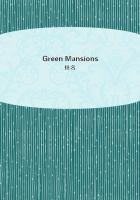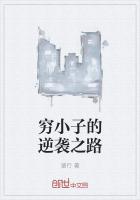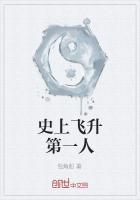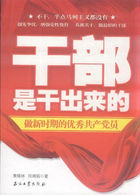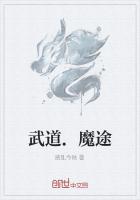Besides, there is a quiet modesty about the sketch which is itself taking. To attempt the complete even in a fractional bit of the cosmos, like a picture, has in it a difficulty akin to the logical one of proving a universal negative. The possibilities of failure are enormously increased, and failure is less forgiven for the assumption. Art might perhaps not unwisely follow the example of science in such matters where an exhaustive work, which takes the better part of a lifetime to produce, is invariably entitled by its erudite author an Elementary Treatise on the subject in hand.
To aid the effect due to simplicity of conception steps in the Far Oriental's wonderful technique. His brush-strokes are very few in number, but each one tells. They are laid on with a touch which is little short of marvelous, and requires heredity to explain its skill. For in his method there is no emending, no super-position, no change possible. What he does is done once and for all.
The force of it grows on you as you gaze. Each stroke expresses surprisingly much, and suggests more. Even omissions are made significant. In his painting it is visibly true that objects can be rendered conspicuous by their very absence. You are quite sure you see what on scrutiny you discover to be only the illusion of inevitable inference. The Far Oriental artist understands the power of suggestion well; for imagination always fills in the picture better than the brush, however perfect be its skill.
Even the neglect of certain general principles which we consider vital to effect, such as the absence of shadows and the lack of perspective, proves not to be of the importance we imagine.
We discover in these paintings how immaterial, artistically, was Peter Schlimmel's sad loss, and how perfectly possible it is to make bits of discontinuous distance take the place effectively of continuous space.
Far Eastern pictures are epigrams rather than descriptions.
They present a bit of nature with the terseness of a maxim of La Rochefoucault, and they delight as aphorisms do by their insight and the happy conciseness of its expression. Few aphorisms are absolutely true, but then boldness more than makes up for what they lack in verity. So complex a subject is life that to state a truth with all its accompanying limitations is to weaken it at once.
Exceptions, while demonstrating the rule, do not tend to emphasize it.
And though the whole truth is essential to science, such exhaustiveness is by no means a canon of art.
Parallels are not wanting at home. What they do with space in their paintings do we not with time in the case of our comedies, those acted pictures of life? Should we not refuse to tolerate a play that insisted on furnishing us with a full perspective of its characters' past? And yet of the two, it is far perferable, artistically, to be given too much in sequence than too much at once.
The Chinese, who put much less into a painting than what we deem indispensable, delight in dramas that last six weeks.
To give a concluding touch of life to my necessarily skeleton-like generalities, memory pictures me a certain painting of Okio's which I fell in love with at first sight. It is of a sunrise on the coast of Japan. A long line of surf is seen tumbling in to you from out a bank of mist, just piercing which shows the blood-red disk of the rising sun, while over the narrow strip of breaking rollers three cranes are slowly sailing north. And that is all you see. You do not see the shore; you do not see the main; you are looking but at the border-land of that great unknown, the heaving ocean still slumbering beneath its chilly coverlid of mist, out of which come the breakers, and the sun, and the cranes.
So much for the more serious side of Japanese fancy; a look at the lighter leads to the same conclusion.
Hand in hand with his keen poetic sensibility goes a vivid sense of humor,--two traits that commonly, indeed, are found Maying together over the meadows of imagination. For, as it might be put, "The heart that is soonest awake to the flowers Is also the first to be touched by the fun."
The Far Oriental well exemplifies this fact. His art, wherever fun is possible, fairly bubbles over with laughter. From the oldest masters down to Hokusai, it is constantly welling up in the drollest conceits. It is of all descriptions, too. Now it lurks in merry ambush, like the faint suggestion of a smile on an otherwise serious face, so subtile that the observer is left wondering whether the artist could have meant what seems more like one's own ingenious discovery; now it breaks out into the broadest of grins, absurd juxtapositions of singularly happy incongruities. For Hokusai's caricatures and Hendschel's sketches might be twins. If there is a difference, it lies not so much in the artist's work as in the greater generality of its appreciation. Humor flits easily there at the sea-level of the multitude. For the Japanese temperament is ever on the verge of a smile which breaks out with catching naivete at the first provocation. The language abounds in puns which are not suffered to lie idle, and even poetry often hinges on certain consecrated plays on words. From the very constitution of the people there is of course nothing selfish in the national enjoyment.
A man is quite as ready to laugh at his own expense as at his neighbor's, a courtesy which his neighbor cordially returns.
Now the ludicrous is essentially human in its application.

